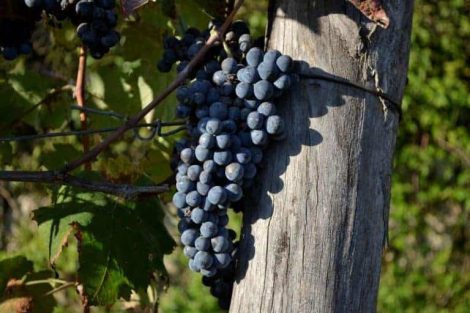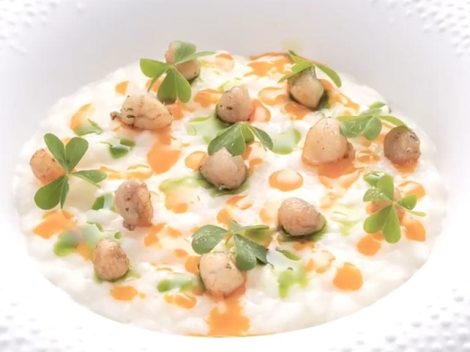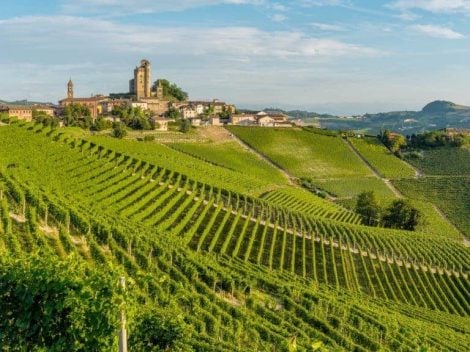Recover waste. From produce skins to vegetable cooking water, from fruit seeds to stones: this appears to be the new food trend of the moment. And it's not difficult to guess why: food waste is one of the hottest issues of the moment. The initiatives to give new life to food surplus and waste––fortunately––are always increasing. Kaffeeform, for example, is a company that produces coffee cups with coffee grounds.
Cups made with coffee grounds
Often used in do-it-yourself cosmetics for their exfoliating power or as a natural fertilizer for plants, coffee grounds are now transformed into espresso cups, cappuccino cups and even cups with take-away coffee caps, ideal alternatives to the disposable kind found in coffee shops. Durable products, light, reusable and created starting from elements that would otherwise be thrown away, with an eye to sustainability.
The idea
A curious and praiseworthy German project, true novelty in the coffee world, which hasn't gone unnoticed: the cups are in fact also present at Bigger than the plate, the food design exhibition at the Victoria & Albert Museum in London, where they were also available for purchase at the gift shop. But how did the idea come about? As the company itself explains in a note, coffee is one of the most consumed beverages in the world, the demand is constantly increasing, "and this means that even coffee grounds will continue to increase". The initiative stemmed from a simple question "is it possible to recover and preserve them?".
Production
Assisting in the project is German designer Julian Lechner, who experimented with coffee grounds for three years, before arriving at the final outcome, the result of the union of waste with renewable raw materials. But it doesn't end here: the entire supply chain is low environmental impact, because the funds come from selected coffee roasters and coffee shops in Berlin delivered directly from a bicycle delivery.
Production process
Once they arrive at their destination, the grounds are processed by a group of employees, who take care of drying and storing the mass. Then there are factories that deal with mixing and shaping the dried coffee grounds, giving life to the cups, which finally return to the Berlin laboratory for final glazing, packaging and shipping to the various sales points and directly to customers. This is, in essence, a short, traceable supply chain that gives rise to a quality product, that's accurate and unique.
by Michela Becchi

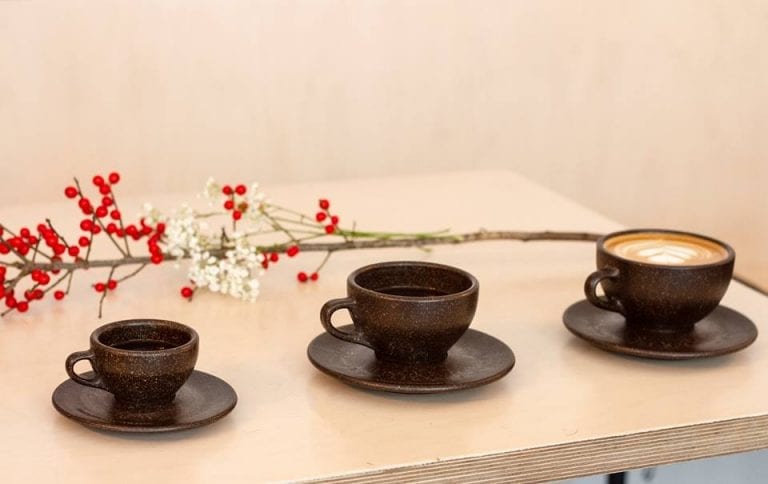
 Sparkling wines surpass still wines in Italian out-of-home consumption. Most popular during the aperitif
Sparkling wines surpass still wines in Italian out-of-home consumption. Most popular during the aperitif American Barbecue wins a Michelin star for the first time in history
American Barbecue wins a Michelin star for the first time in history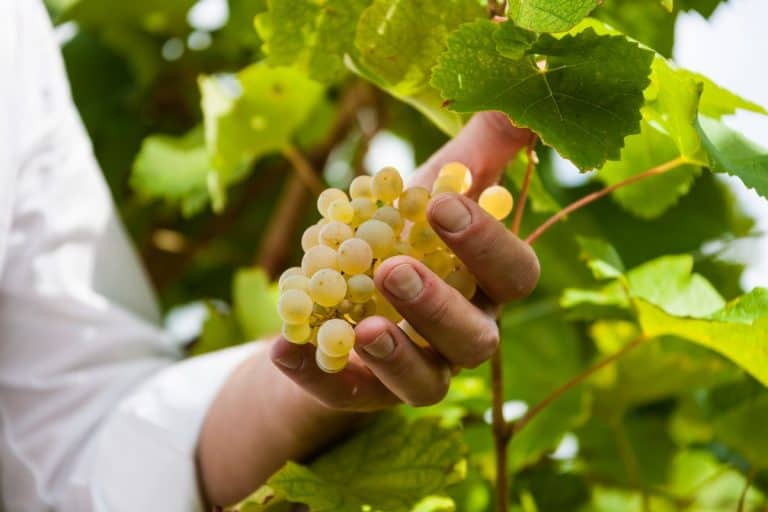 Prosecco Superiore: the 8 best selected by Gambero Rosso
Prosecco Superiore: the 8 best selected by Gambero Rosso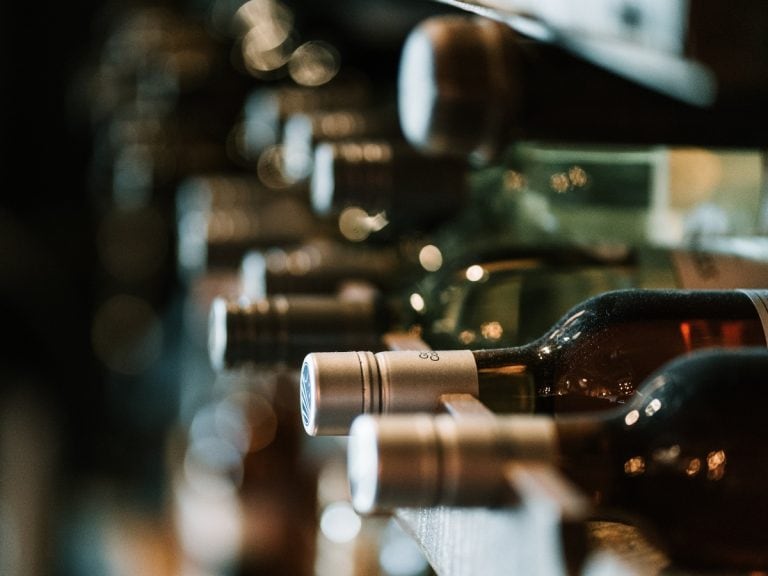 Italian wineries face rising debts and falling revenues as wine industry grapples with economic uncertainty
Italian wineries face rising debts and falling revenues as wine industry grapples with economic uncertainty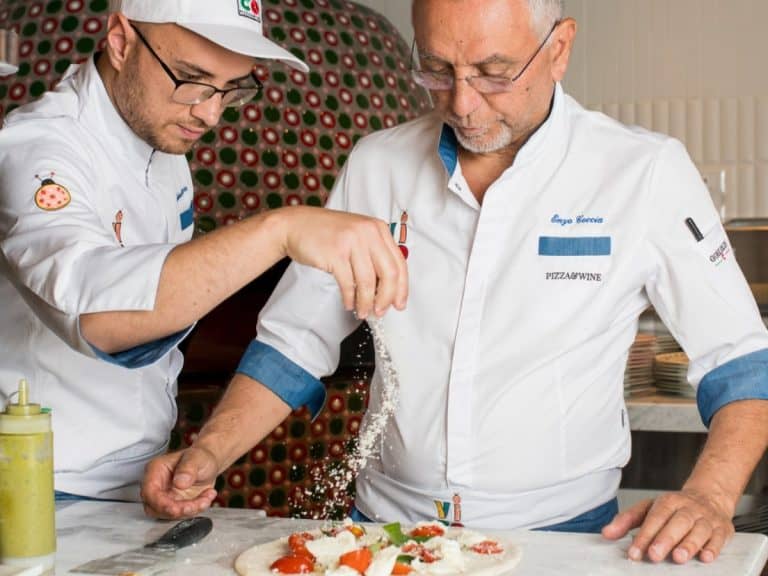 Enzo Coccia leaves Rome for an ambitious project in the United States: "but La Notizia stays"
Enzo Coccia leaves Rome for an ambitious project in the United States: "but La Notizia stays"


